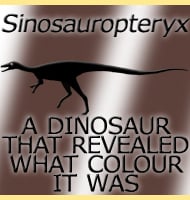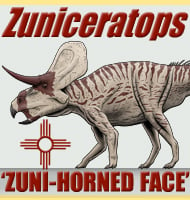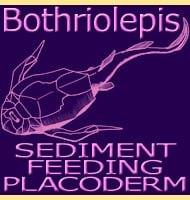Arkharavia
In Depth Arkharavia is currently regarded to be a dubious genus of sauropod dinosaur because the lack of additional remains means that it will be very difficult to infer further fossils to the genus. In addition to this, vertebrae added to Arkharavia may actually have come from a hadrosaurid dinosaur, which means that only the … Read more



